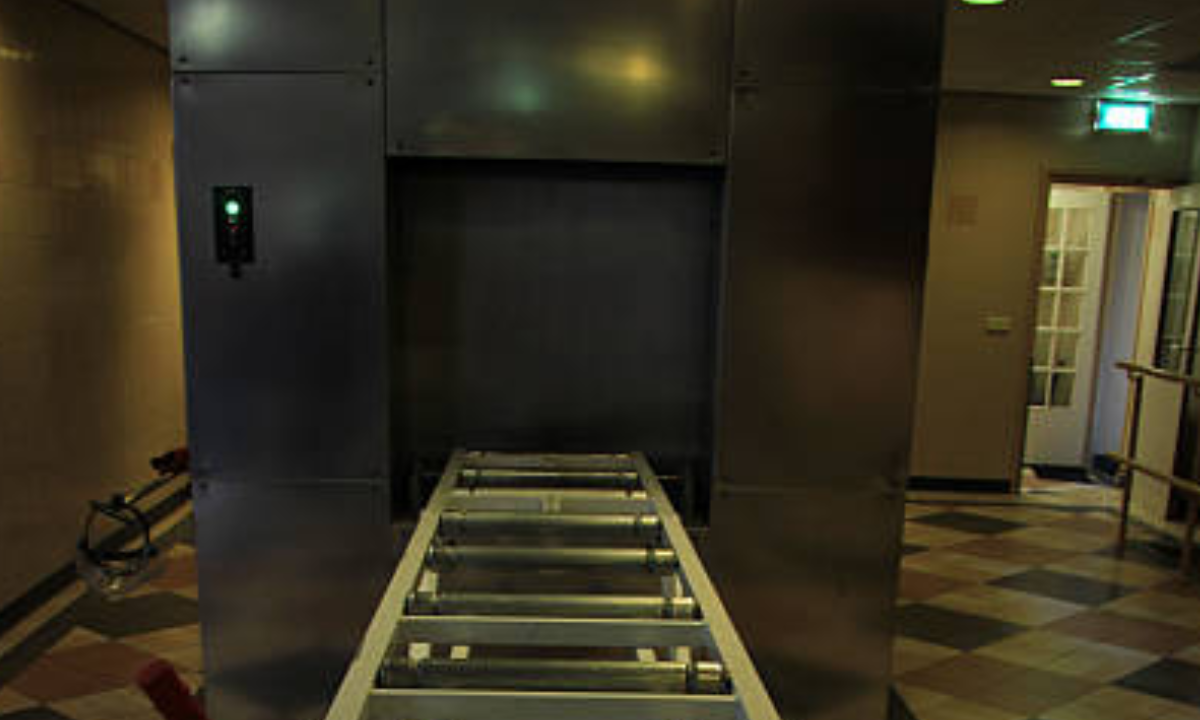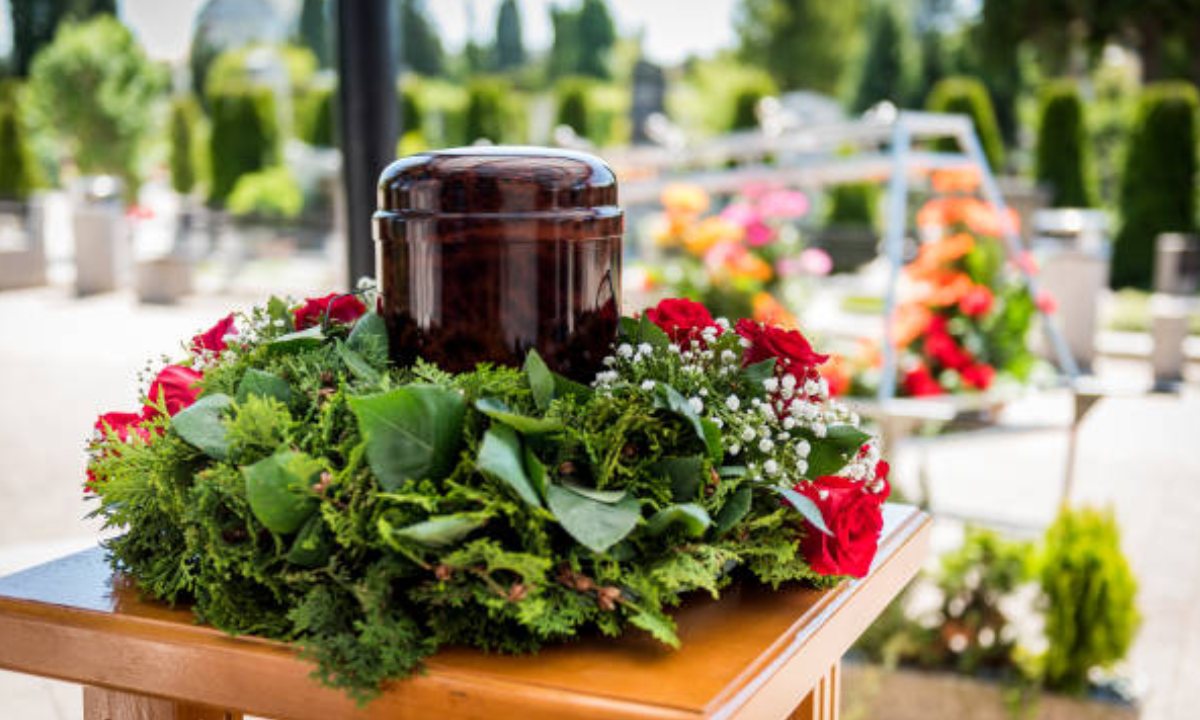Cremation is a common practice among the Hindus and Buddhists to some extent in their burial process. However, the common cremation method through firewood produces a lot of carbon and other destructive gases. As everyone is looking forward to making Bangalore a sustainable city, it becomes high time to look for green options for cremation. Some of the electric and water-based cremation options that are comparatively eco-friendly are described in this article to be made available in Bangalore.
About Electric Crematoriums

1. Panathur Electric Crematorium
The second electric crematorium incorporated in the Bangalore region is situated at Panathur on Mysore Road which became a functional crematorium at a fairly early stage. Established in 2008, this facility departed from using firewood to burn bodies through the use of an electric furnace. It takes about two hours to reduce the body to ashes and bone fragments at a temperature of 1000 degrees Celsius in the furnace.
Due to this, the electric cremation process does not release any carbon or any other form of emission as wood or other fuels are burnt during the process. It is also eco-friendly as compared to other conventional methods of cremation. Panathur Electric crematorium is capable of performing 6 to 8 cremations daily.
2. Mysore Road Electric Guddadahalli Crematorium
It is a relatively new electric crematorium in the city which was established in 2021. Situated on five acres of land it has two highly developed electrical cremation furnaces which can perform up-to-12 cremations per day. Another strength of this crematorium is that the complete procedure occurs peacefully without disturbing dignity and with no noise in the urban environment. The last service that the venture will offer is basic cremation services, which will cost 5000 rupees.
3. Water-based Cremation
Apart from electric cremation, many crematoriums in Bangalore are trying out water-based cremations, which are even newer systems that are even more environmentally friendly.
4. Alkaline Hydrolysis
Also known as aquamation or resomation, this process is different from cremation because it uses an alkaline solution and heat as opposed to fire to softly reduce the body to fragments of bones and a tissue solution. An example of this green cremation is the Panathur Electric Crematorium in Bangalore, where the bodies are cremated through an innovative pattern called alkaline hydrolysis.
It takes 2-4 hours and produces 95-98% reduction converting the human body to dried bone fragments and sterile aqueous residue that can be safely scattered or buried. It does not let out any dangerous emissions and requires only 20-30% of the energy that is used by flame-based cremation.
5. Natural Organic Reduction
Another fairly recent area of interest in the scientific community is natural organic reduction, in which the corpse is simply placed into a container filled with wood chips and leaves, and so on. The microbes and bacteria in this mixture digest the body and reduce it to the soil in as early as 4-7 weeks leaving behind only bones.
No chemicals are used, causing it to have the smallest carbon footprint of all choices. But this technology is still under test and not legally recognized in many countries including India today.
What are the benefits of eco-friendly cremation?
The eco-friendly electric and water-based cremation methods discussed have several advantages over traditional cremation:
- Reduced rates of greenhouse gas emission and carbon emission footprint
- As little air, water, or land pollution as possible
- Greater throughput per point of operation
- Less degrading experience away from flames and smoke
- Fewer problems related to the dispersal of ashes/smoke and a fully hygienic and sterile process.
The Panathur Electric Crematorium also reflects new concerns regarding the availability of environmental effects in Indian-related cremation processes.
What are the other green cremation choices being considered in India?
Apart from Panathur Electric Crematoriums or any other method discussed above, a few more eco-friendly cremation options are also being explored and researched in India:
1. Biodegradable Urns
Biodegradable urns are an appealing end-of-life solution and are inspiring indeed. At the same time, some of these are sculptural pieces made of bamboo, and recycled papers meant to disintegrate as ashes decompose. This option does not negatively affect the environment and it gives families a chance to create living monuments, for instance burying ashes under trees.
2. Natural Decomposition
As with natural organic reduction, this entails putting the body in a particular container where it can be naturally consumed by microbes and insects within 6-9 months. But only dry bones are remaining in the scene. They are working to study its compatibility in different climates and soil of Mumbai and other parts of India.
3. Gasification
This high-temperature thermal process burns bodies into ash using partial combustion with limited oxygen. It does not include open flames and the gas it synthesizes can fuel the system. Initial research studies indicate that the approaches are viable when implemented in pilot projects but more safety testing must be carried out before widespread use is possible.
Currently, traditional methods of cremation that were in practice in India are now changing to more sustainable ones. Modern crematoriums such as biogas or CNG mitigate the impact of conventional wood-burning practices. These cleaner fuels do not only reduce emissions but also enable the efficiency of energy required in cremation.
As with contemporary concepts of efficiency, cost-effectiveness, and cultural perceptions, these identified technologies are still under trial to be more cremation favorable or environment-friendly. This means that; Widespread adoption shall be informed by successful commercialization and legal clearance.
What are the major issues with these green cremation systems in India?
Implementing eco-friendly cremation methods in India faces several challenges, including:
1. Cultural and social acceptance: Cremation activities are culturally inherited practices that are unique to the people of India and those who embrace Hinduism. Thus, people are often skeptical about transitional change and may not be eager to accept the change in delivering social norms.
2. Lack of awareness and education: Lack of information regarding the conventional cremation methods plus a lack of knowledge of the advantages of green cremation slows progression.
3. Infrastructure and technology: That is why, environmentally friendly forms of cremations could be costly due to the necessity of necessary installations and machinery. India currently possesses an initial platform of cremation technologies mostly targeting traditional cremation.
4. Regulatory framework: India has a set of laws that favor traditional forms of cremation. New policies and regulations have to be developed to ensure the adoption of environmental solutions which could be a long process.
5. Cost: Different forms of green cremation techniques are costly and therefore, the poor, especially those in the rural areas cannot afford them.
6. Scalability: India is in a stage of progressive population and there is an estimated population yearly mortality rate of around 8 million. Ramping up environmentally sustainable cremation technologies to cater to this demand is a very enormous challenge.
7. Availability of land and resources: Biodegradable cremation techniques, which include burial at sea or tree burial, call for special land or materials that are not easily obtainable where large people’s densities are concerned.
8. Resistance from traditional cremation operators: The existing crematorium organizations can be slow to respond to innovations because they have a large investment in established business models and can perceive environmentally friendly solutions as a threat to their business.
9. Limited availability of biodegradable materials: The organic materials that are used during cremation including the green coffins or the shrouds, are scarce or costly in India; hence the green cremation methods are not commonly used.
10. Monitoring and enforcement: Effective monitoring and control of the adherence to the legal and natural standards in the environmentally friendly processes of cremation are essential for their operations.
Overall the use of the eco-friendly technologies in the Panathur Electric Crematorium is seen to have set a precedent of what other crematoriums in India ought to employ. Overcoming these challenges shall be pursued by collaborative efforts of government ministries, operators of crematoria, and civil society organizations to advocate.
Kaashimukthi’s thoughtful services seek to balance technical efficiency with emotional support during difficult moments of remembrance and farewell.

Madhu is an Entrepreneur, a Mentor, a Writer and an Aspiring Car Race Driver. He is Deeply passionate about leveraging Technology and Human Centred Design to make complex care and End of Life Planning easier. With the ultimate aim of Improving the quality of Life in the Twilight years. Madhu is highly educated and Alumni of IIM-Bangalore, Sikkim Manipal University and Bangalore University besides a Rich Industry Experience in the field of Product Management, Design, Supply chain, Finance, Commercial Management and Funeral Services.

